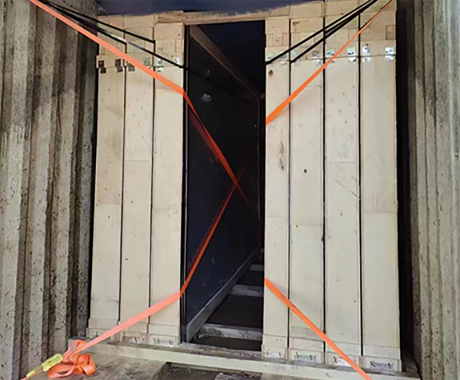

Understanding Float Glass A Comprehensive Overview
Float glass, a key material in various industries, is renowned for its clarity, strength, and versatility. The process of creating float glass revolutionized the glass manufacturing industry and continues to offer significant advantages over traditional methods. This article provides an overview of float glass, its production process, properties, applications, and advantages.
The Production Process
The production of float glass begins with a mixture of silica sand, soda ash, and limestone combined in a furnace at temperatures exceeding 1,700 degrees Celsius. This high temperature melts the raw materials into a molten glass. The defining step of float glass manufacturing is the floating process. The molten glass is poured onto a bed of molten tin, where it spreads out and forms a flat, even layer. The tin enables the glass to achieve a smooth surface and uniform thickness, while also preventing oxidation. As the glass cools, it solidifies into a flat sheet.
After cooling, the glass undergoes additional processes such as edge finishing, cutting, and packaging. It can also be treated to enhance its properties, such as tempering or coating for energy efficiency or UV protection. The final product can vary in thickness and dimensions, catering to various requirements in the market.
Properties of Float Glass
Float glass is characterized by several important properties that contribute to its widespread use. First, it possesses excellent optical clarity, offering minimal distortion and high light transmission. This makes it an ideal choice for windows, mirrors, and display cases. Additionally, float glass has a high level of uniform thickness, which is crucial for applications requiring precise dimensions.
Furthermore, float glass is durable and resistant to environmental stressors. It can withstand varying weather conditions, making it suitable for both indoor and outdoor applications. Float glass can also be treated to improve its thermal insulation properties, enhancing energy efficiency in buildings.
Applications of Float Glass

Float glass serves a multitude of applications across various sectors. In the construction industry, it is predominantly used for windows and facades, providing aesthetics and natural light while ensuring thermal comfort. It is also a popular choice for glass doors, partition walls, and skylights.
In the automotive industry, float glass is utilized in windshields and windows, where safety and clarity are paramount. The electronic sector employs float glass for devices such as smartphones and televisions, where flatness and transparency are critical.
Moreover, float glass is widely used in the production of solar panels, contributing to the renewable energy sector. Coated float glass can enhance the efficiency of photovoltaic cells, making it a sustainable choice for energy production.
Advantages of Float Glass
The float glass manufacturing process offers several advantages over traditional glass-making methods. Its ability to produce large sheets with uniform thickness minimizes waste and lowers production costs. The smooth surface of float glass reduces the need for additional finishing processes, enhancing efficiency.
Additionally, the versatility of float glass allows it to be easily customized with various treatments and coatings, making it suitable for diverse applications. Moreover, float glass is entirely recyclable, promoting sustainability and reducing environmental impact.
Conclusion
Float glass stands out as a pivotal material in modern architecture, automotive design, and technological advancements. Its unique properties and production process have solidified its place as a fundamental component in various industries. As innovation continues to evolve in glass technology, float glass is likely to remain a cornerstone material, driving progress in functionality, sustainability, and design.